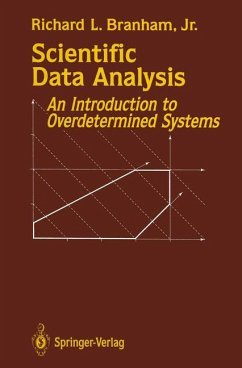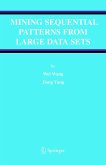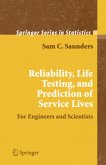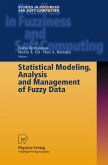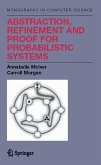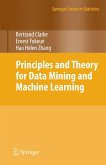This monograph is concerned with overdetermined systems, inconsistent systems with more equations than unknowns, in scientific data reduction. It is not a text on statistics, numerical methods, or matrix cOmputations, although elements of all three, especially the latter, enter into the discussion. The reader I have in mind is a scientist or engineer who has gathered data that he or she wants to model by a mathematical system, perhaps linear, perhaps nonlinear, and solve to obtain the best estimates, in some sense of the term "best," of various parameters. Because the calculations will be performed on a digital computer, the first chapter discusses floating-point numbers and their effect on mathematical operations. The chapter ends with some methods for accurately summing floating-point numbers, an operation frequently required in numerical work and one often done by the worst possible method, recursive summation. Chapter 2 gives a brief review of linear algebra and includes vector and matrix norms and condition numbers of matrices and linear systems. ' Chapter 3 presents some ideas for manipulating sparse matrices. Frequently, time or memory can be saved by use of sparse matrix techniques. The subject is extensive and the chapter is only indicative of the many techniques available. Although Chapter 3 is somewhat extraneous to the rest of the book, Chapter 5, on linear least squares, makes use of the compressed storage mode for the symmetric matrices discussed in Chapter 3.
Hinweis: Dieser Artikel kann nur an eine deutsche Lieferadresse ausgeliefert werden.
Hinweis: Dieser Artikel kann nur an eine deutsche Lieferadresse ausgeliefert werden.

